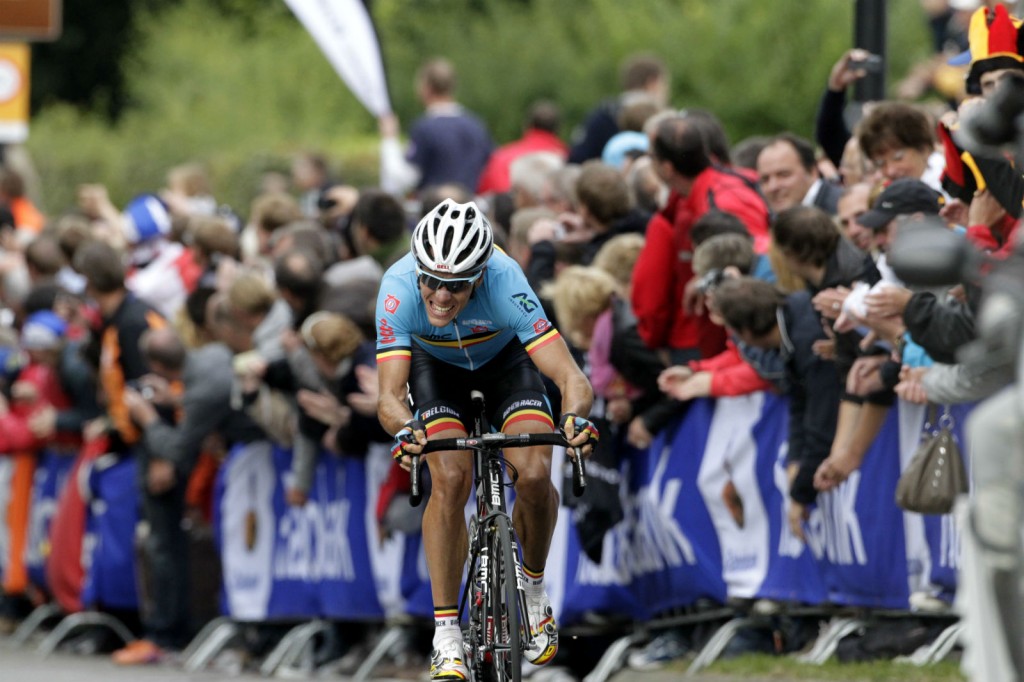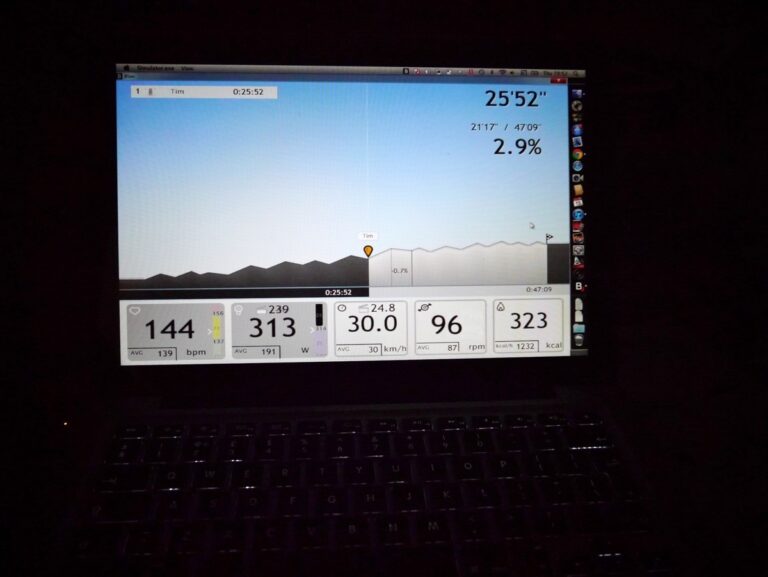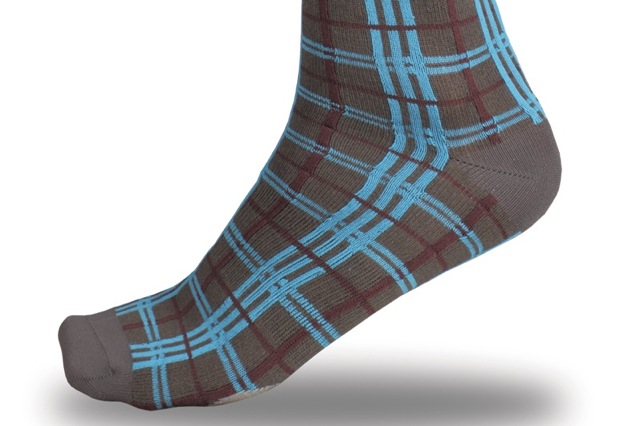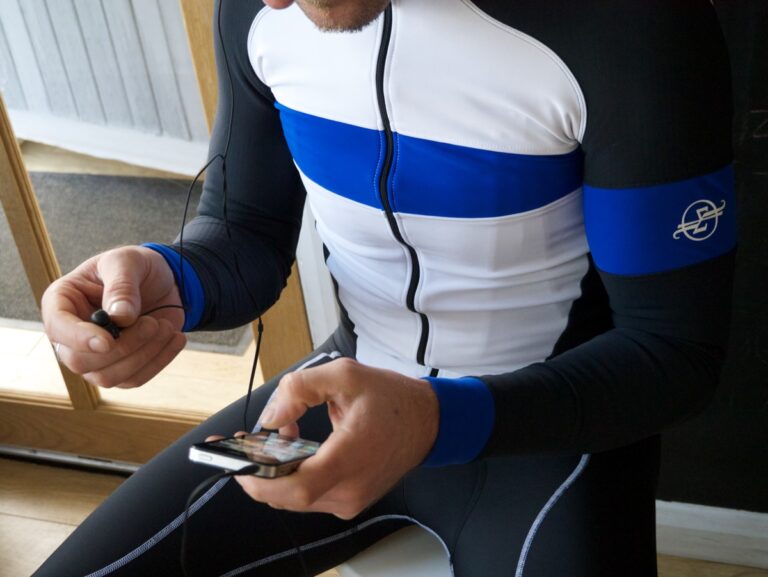I’m familiar with the Cauberg, having watched Philippe Gilbert ride away from his rivals on the climb to win the World Championships in September.
It’s a climb which has etched its reputation into cycling’s history, with the Amstel Gold Race finishing on its slopes since 2003, while the ascent featured in a World Championships for a fifth time this year having previously visited in 1938, 1948, 1979 and 1998.
I’m midway up the climb, eyes fixed firmly on the road ahead, riding out of the saddle, inching up the 12 per cent gradient – but I’m not in the Netherlands, I’m in south London.
Cadence Cycling Performance Centre, a one-stop cycling service shop in Crystal Palace, has the first prototype Tacx Klimtrainer in the UK and I’m using it to ride the Amstel Gold Race course – or at least part of it.
The Tacx Klimtrainer is effectively a treadmill for bikes – a 21st century evolution of rollers.
An integrated widescreen television which uses the same software as the existing Tacx Genius allows you to choose a workout (anything from a VO2 Max test, to intervals, to a recovery ride), or download a course, like the Amstel Gold Race or even the Col du Galibier, to follow.
But the beauty of the Klimtrainer is the realism of the ride experience it offers.
I start off on the ‘free training’ workout to get to grips with it. How does it work? Plonk your bike on the Klimtrainer, saddle up, hold on to the side rail and edge forward. The machine has three sensors (one at the front and two at the back) which control the speed of the rolling road. When starting a ride, as your front wheel hits the front sensor, the rolling road will start moving – and you’re off.
The trick then is to start pedaling, and to shift into an appropriate gear, before plucking up the courage to take your hand off the rail and put it on the bars to leave yourself at the mercy of the machine. Riding the Klimtrainer is an odd sensation at first, and a tad twitchy with the ‘road’ quickly disappearing beneath you, so it takes a little while to familiarise yourself with it. If you want to quicken the speed of the rolling road, then edge up (pedal so your wheels are spinning faster than the ‘road’ beneath you) so your front wheel hits the sensor. That will prompt the trainer to gradually speed up and, when happy with your new pace, edge back so your wheel is no longer in line with the sensor.
Two rear sensors have much the same effect but in reverse. Edge back (if you freewheel, then the bike will slowly creep backwards on the rolling road) so your back wheel hits the first of the two rear sensors to gradually slow the rolling road. If you continue to move backwards another few inches (perhaps because a workout has become too tough, or a climb too steep, or you just want to stop), then the second and rearmost sensor will see the Klimtrainer’s safety mechanism kick in and the rolling road will come to a swift and safe stop, while there’s also a big, red emergency stop button on the handrail.
The trick is to use both the front and rear sensors to manage your speed, cadence and, ultimately, the level of effort. It may sound complicated but takes only five or ten minutes to get used to and soon becomes second nature, offering a riding sensation which is incredibly realistic.

The Klimtrainer’s rolling road is perfectly smooth, wider than a traditional set of rollers and comfortably the most life-like indoor training device I’ve used. Once you’ve got to grips with the technology, it demands only a little more concentration than riding on a normal road in order to regulate your speed and counteract the ever-so-slightly twitchy sensation that those who use rollers will be familiar with. That said, the Klimtrainer is also a useful tool to work on your balance and core strength on the bike.
What sets the Klimtrainer apart, however (and the clue is in its name – Klimtrainer translates to Climbtrainer), is its ability to change gradient – the machine can rise to an astonishing 25 per cent.
Cadence’s resident head coach, Dave Smith, used the Klimtrainer to climb the Col du Galibier, and, having completed the ‘free training’ and then had a stint riding behind the lovely Marianne Vos on largely flat roads. I had a go at the Cauberg stretch of the Amstel Gold Race.
It’s not a hugely tough climb in its own right (at 1,200m in length, with an average gradient of 5.8 per cent and a maximum of 12 per cent) but for professional riders in the Amstel Gold Race it comes after 260km of racing and 31 climbs already in the legs.
What focusses the mind, however, is that it comes after a short, fast descent, and a sharp left bend which leaves you needing to quickly shift from the smallest sprocket to almost the biggest. Climbing on the Klimtrainer requires more concentration than riding on the flat, much like it does on a regular ascent, with an acuter need to balance speed and cadence in order to fight the ever changing gradient of an ascent.
I didn’t go into the Cauberg completely blind, though, having ridden a couple of the Amstel Gold’s climbs before going into the final stretch. And, as proved to be the case when climbing aboard the Klimtrainer for the first time, practice makes perfect.

By the top of the Cauberg I’m red-faced and out of breath but incredibly impressed by the experience Tacx have managed to replicate with the Klimtrainer.
The model in Cadence is an early prototype and staff there will send rider feedback to Tacx HQ ahead of the Klimtrainer going into production. Retail price is expected to be in the region of £10,000, which eliminates it as a viable home training option for the vast majority of cyclists, but, like most halo products, it does give a glimpse into the future.
The future is now as far as Cadence are concerned. Customers can book a session on the Klimtrainer, and the shop’s manager Des Martin expects it to be particularly popular with those training for European sportives next summer thanks to the Klimtrainer’s ability to replicate long Alpine ascents.
Otherwise, you can try the Klimtrainer at RCUK Live at Cadence this Saturday. Cadence will provide a fleet of bikes, fitted either with LOOK pedals for riders with the appropriate shoes and cleats, or flat pedals with toe clips. RCUK Live, which will start at midday, will also feature product demonstrations from Shimano and Campagnolo. Click here for full details.





